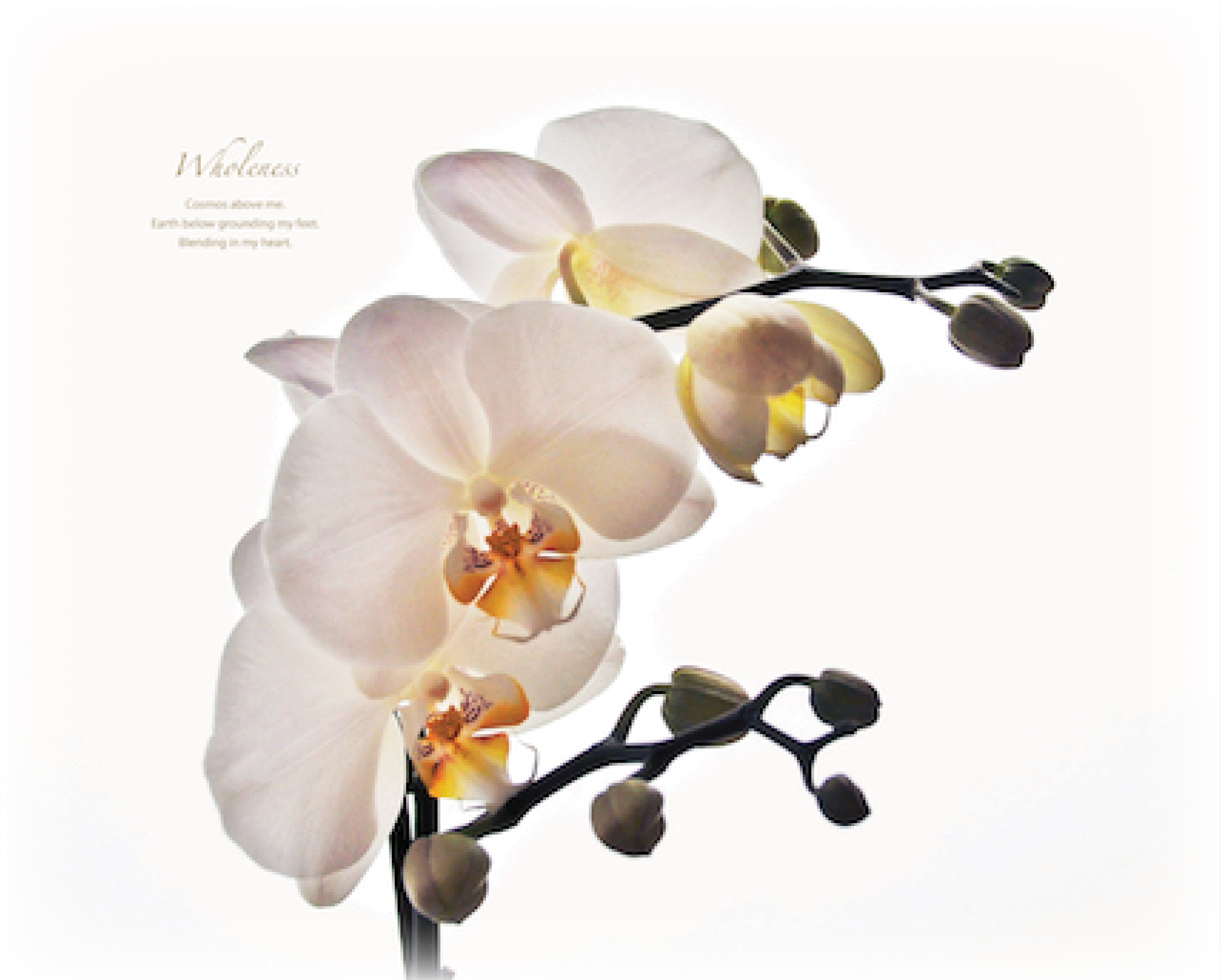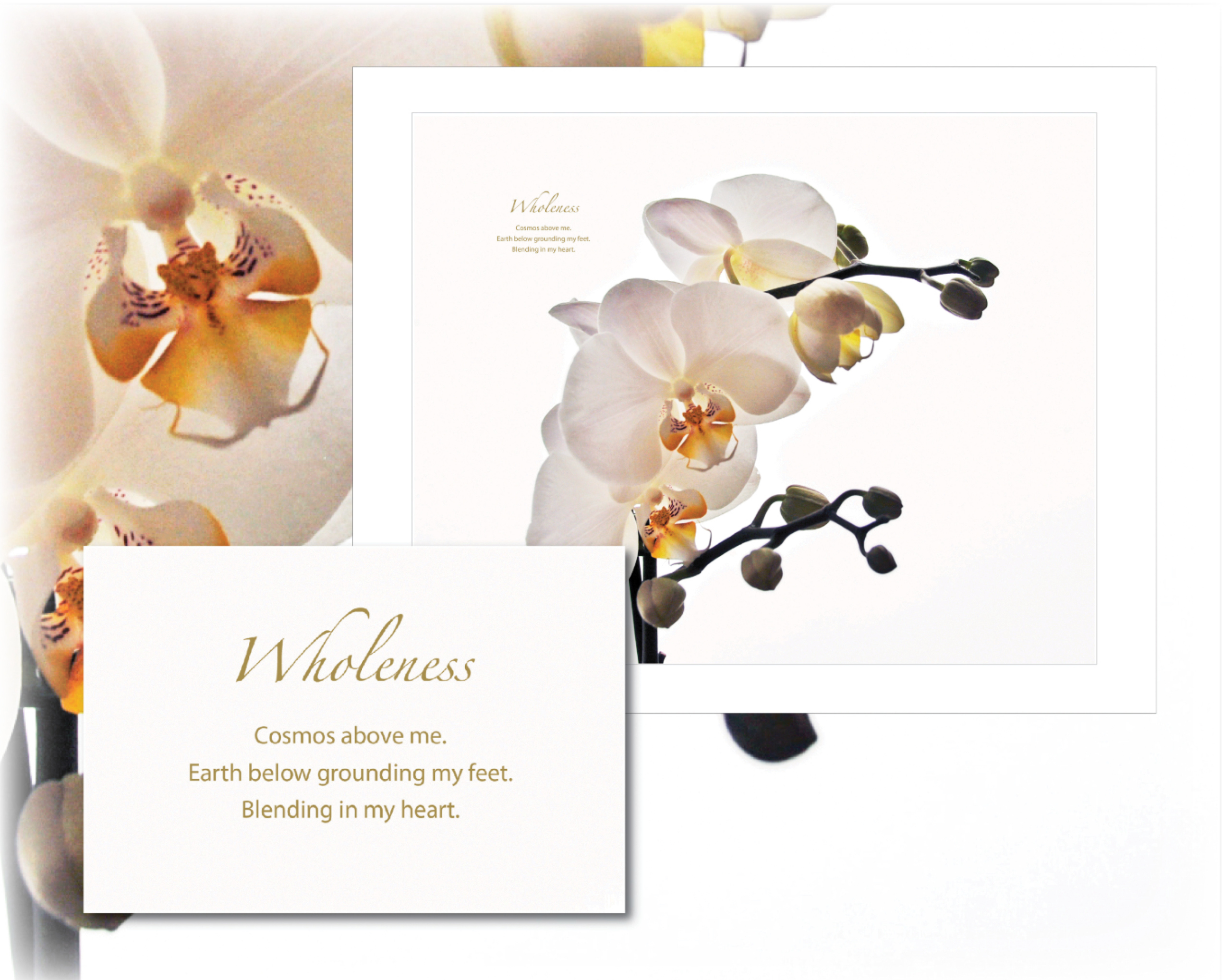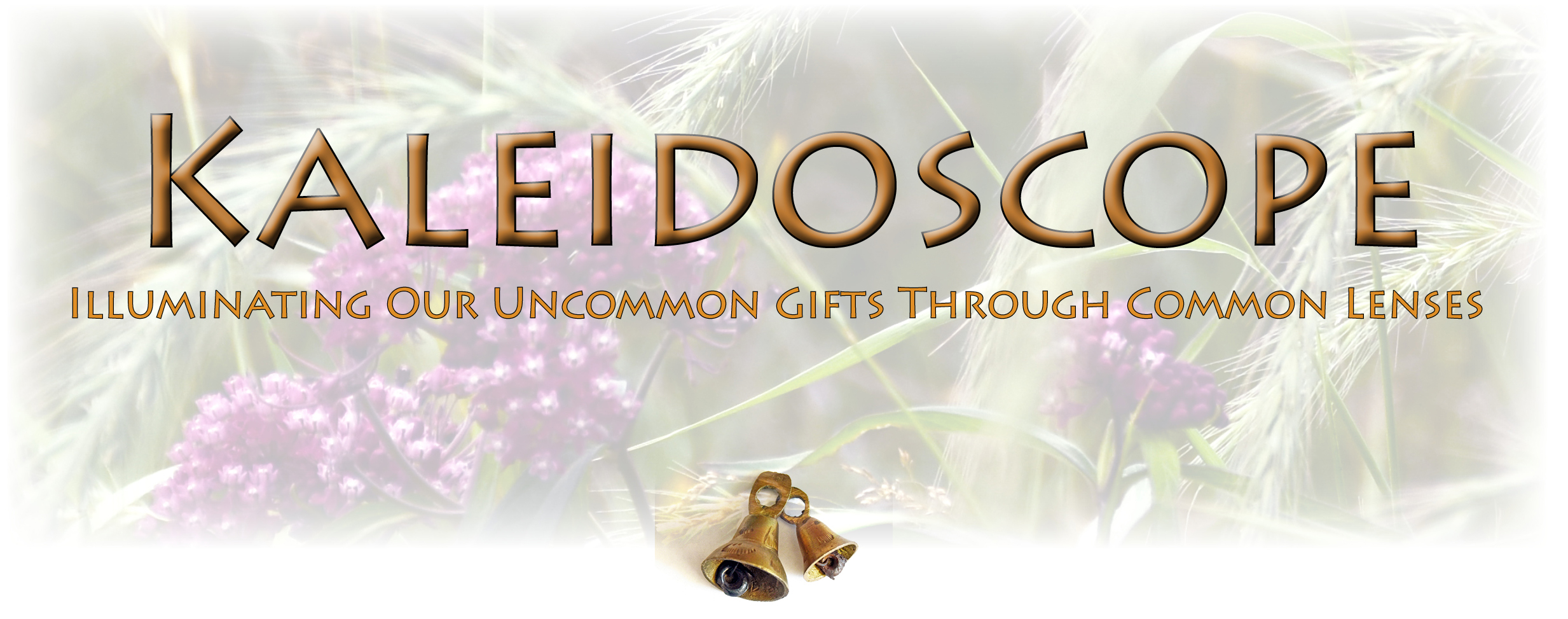The impulse to play is innate. Play is a biological, psychological and social necessity, and is fundamental to the healthy development and well being of individuals and communities. ~ Adapted from Play by Nature*
Play is a process that is freely chosen, personally directed and intrinsically motivated. That is, we each determine and control the content and intent of our play, by following our own instincts, ideas and interests, in our own way for our own reasons.
~ Adapted from Play by Nature*
Ground: play as fun and entertainment, mostly done with others, often physical and competitive
Light: play as nourishment for the soul, mostly done alone, free of competitiveness
WHOLENESS
Cosmos above me.
Earth below grounding my feet.
Blending in my heart.
 When doing my research on what play looks like for adults, I found a number of articles. They have some attributes in common. The most striking are that adult play usually involves competition, is often physical, and is seen as amusement or diversion. On Thesaurus.com ’game’ is the first synonym listed for ‘play.’ Given the attributes they describe, I imagine that, at times, such activities may help a person reclaim the wholeness of ‘going vertical.’ But I can just as easily see it pulling people out of the vertical or, at least, keeping them in the horizontal of mass consciousness. What immediately comes to mind are fights in team sports – whether on the field or in the stands.
When doing my research on what play looks like for adults, I found a number of articles. They have some attributes in common. The most striking are that adult play usually involves competition, is often physical, and is seen as amusement or diversion. On Thesaurus.com ’game’ is the first synonym listed for ‘play.’ Given the attributes they describe, I imagine that, at times, such activities may help a person reclaim the wholeness of ‘going vertical.’ But I can just as easily see it pulling people out of the vertical or, at least, keeping them in the horizontal of mass consciousness. What immediately comes to mind are fights in team sports – whether on the field or in the stands.
There is another form of play altogether that I call ‘high play.’ Perhaps its most significant attribute is that it takes us to a state of vertical wholeness. It’s what Mihaly Csikszentmihalyi calls ‘peak experiences’ and ‘flow.’ Some examples of high play in my life are creating art or writing, connecting with nature, taking photographs, leadership coaching, contributing from the center of my gifts and talents, or having an absorbing conversation with a dear friend. It’s a different way of defining ‘fun.’ Perhaps that’s because the experiences invoke a state of wholeness. What do these different forms of high play have in common? Here are just a few thoughts from my experience.
Solo: My most powerful times of high play are when I am alone (an exception is deeply connecting with others).
Non-competitive: The ‘win’ is in the actual experience as it happens – no matter what the outcome.
Non-comparative: It doesn’t lend itself to being compared to what anyone else is doing or has done. It is its own measure and need not be measured by or against anything else.
Effortless: There may indeed be effort involved but it is chosen and, thus, feels effortless. It’s a state of grace.
Timeless: When I was teaching myself Adobe Illustrator, hours would pass without my noticing. I especially remember one time when Michael came in and said, “Good morning, Mom.” Until that moment, I hadn’t realized that I had stayed up all night.
Engaging: Full engagement begins and ends in time, of course. Yet, there is no time between the beginning and the end. It doesn’t exist. This is true whether it’s two minutes (like the photo above) or all night.
Purposeful: While there may be no stated goal, there’s a ‘knowing’ that I am on purpose; that I am doing exactly what I came here to do.
Nourishing: I work with a person with whom I have a deep connection. Our meetings are time-bound, yes. Yet, one of the things we have noticed is that if we begin by nourishing ourselves through sharing our personal stories – without setting a time limit – it seems to create more time for our work rather than less. Or, said another way, We always seem to get everything done that needs to get done in the remaining time alloted. Sometimes we even have a minute or two to spare.
Unselfconscious: I ‘lose’ myself to the engagement I am experiencing. One way I have noticed this is when I’m in a deep conversation with someone I love and trust where we are sharing our humanity. Though the venue might be a restaurant, for example, in the midst of our conversation, I’m unaware of anyone or anything else. It’s as though we are there by ourselves. Coaching is similar.
In addition, I agree with the beginning of the second quote above as describing high play” “Play is a process that is freely chosen, personally directed and intrinsically motivated.”
Singular: It appears to me that high play experiences tend to have all of these process attributes – and more – even as each one has a unique, one-of-a-kind outcome. In other words, while taking photos is completely different from coaching or graphic design, it all ‘feels’ the same.
Questions to Ponder:
When does/did the focus of your life switch from play to work (assuming it did at some point)? Why?
Why, for many at least, isn’t work play?
What does it look and feel like when work is play?
What are your experiences with high play?
What place do play and high play hold in your life?
What are some attributes that help you know it’s play or high play?
How are high play and play the same and different for you?
Do flowers work or play in order to bloom? Whatever your answer, how do you know?
What does play look like for animals? Again, how do you know it’s play?
* Once again, these quotes were written with children in mind. I adapted the wording so they apply to everyone.
 About the Photograph
About the Photograph
One winter morning I awoke to a new-fallen snow. So new and pristine that the driveway hadn’t been cleared it. I noticed how my beautiful white orchid looked against the snow through the kitchen window. I got my camera and a small stool. I stood on the stool and took photos of it. This image is the results of that ‘high play’ moment!
Wholeness is part of Urban Nature collection a small collection of Barbara’s haiku juxtaposed onto her photos, is available for purchase as fine art prints intended to be beautifully framed.
